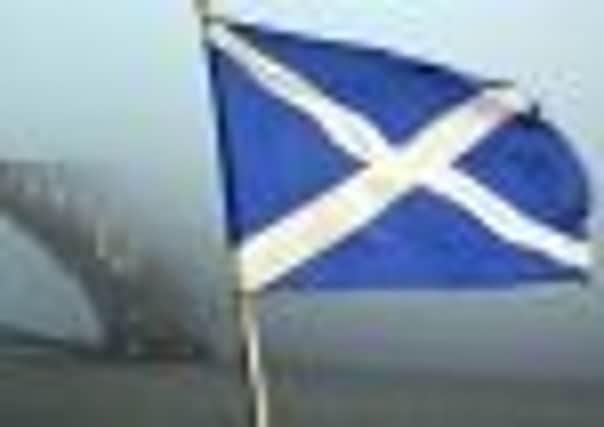Scottish fact of the day: flags of Scotland


The Saltire
There are a number of explanations as to why Scotland adopted the white cross on the blue background as its national flag.
One is that St Andrew, Scotland’s patron saint, asked to be crucified on a cross differently-shaped to the one of Chirst.


Advertisement
Hide AdAdvertisement
Hide AdAnother involves the a 9th or 10th century battle between a combined Scots and Picts army, and the Anglo-Saxon King of Northumbria at Athelstaneford in East Lothian.
During the battle, it is said, a cross formation of white clouds appeared in the blue sky. The Northumbrians were defeated and St Andrew became the patron saint of Scotland, with the white cross on a blue background later becoming the national flag.
In the 1300s, many Scottish soldiers had a white cross on their tunics, but it wasn’t until the 15th century that the flag came into widespread use, and as a result, is one of the oldest flags still in existence.
The Lion Rampant
Back when flags and banners were important in identifying opposing elements in battles, King William I ‘the Lion’ (1143 - 1214) adopted a heraldic banner depicting a lion rearing up with three outstretched paws. This eventually became the royal coat of arms of Scotland and was incorporated into the Great Seal of Scotland, which was placed on all official documentation.
During the designing period, the lion rampant had the Latin motto ‘Nemo me impune lacessit’ incorporated into it, meaning ‘No-one attacks me with impunity,’
Strictly speaking, the lion ramprant belongs solely to the monarch - although a Royal Warrant was issued allowing the flag to be displayed as a token of loyalty to the crown.